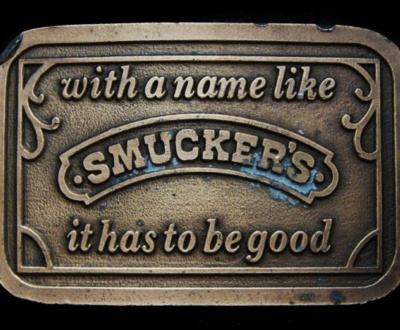How to Persuasively Leverage Loss Aversion for Your Company’s Gain
- December 26, 2013
- Conversions
Numerous studies have shown that people are more sensitive to losing what they already have than gaining something of similar value. This phenomenon, called “loss aversion,” has important implications for businesses when it comes to framing your message for your audience. Some examples even suggest people can be twice as likely to prefer avoiding a loss to experiencing a gain.
Here’s a domestic example to help explain the concept: If you wanted to incentivize your teenager to clean their room, you can either motivate them with a gain by paying them to do it, or motivate them with a loss by reducing their allowance if they don’t do it. If they are twice as sensitive to losses than gains, and it cost you $40 to get them to clean their room, then you would only have to threaten to withhold $20 of their allowance to see the same results. Because they are twice as sensitive to losing what they already have, it takes a much smaller amount to generate a large impact, and this kind of powerful leverage is exactly how the concept of loss aversion can help businesses achieve greater sales.
Because companies tend to mostly think in terms of gains, there are important parallels for businesses to learn from this example when crafting their messages and offers. Common pitches from organizations are that their products or services will allow the customer to start doing something they couldn’t do before, or save money, or have a new experience. All of these benefits are positioned as gains, so that means your offer has to be twice as good if it’s going to compete with a company that instead frames their offer using losses.
So how would you frame these benefits in terms of losses instead of gains? Here’s one example of how a marketing campaign dramatically increased its conversion rate by changing its position from gains to losses:
- Original (Gains): If you use energy conservation methods, you will save $350 per year.
- Revised (Losses): If you do not use energy conservation methods, you will lose $350 per year.
As you can see, the math and the numbers are the same. But telling someone they will lose money by not taking action winds up being far more persuasive than telling them they will gain something by taking action. Again, in order for the offer using gains to be equally effective, you would have to see roughly twice as much in savings compared to what you could potentially lose.
Here are some other examples to help you start thinking in terms of losses:
- For a product or service that saves time, try something like: If you don’t buy our new fast-cooking oven, you will lose several hours of your precious time whenever you bake.
- For a product or service that saves money, try something like: You will lose $100 per year in banking fees if you don’t switch to our no-fee checking account.
- For promoting a discount, try something like: If you buy this product after the sale, you will lose an additional $50 on top of the purchase price.
- For promoting health, try something like: Don’t lose your mobility and be confined to a walker or wheelchair when you’re older, get 20 minutes of light exercise three times a week and you’ll be able to stay on your feet.
After reading these examples, framing your pitch in terms of losses may feel simple or obvious to you, so be careful. Stop and think about how many commercials and advertisements you see every day promoting “savings.” If it’s truly obvious, how come nearly every promotion is framed in terms of gains, even though losses have been scientifically proven to be more persuasive most of the time.
The problem is that thinking in terms of losses isn’t terribly challenging, especially in the context of this post now that you’ve seen a number of examples to help you adjust your thought process. The hard part is breaking the habit of thinking about gains in the moment the next time you’re developing your company’s communications.
You may be nodding your head in agreement now, but be careful the next time you go to create a marketing campaign, because habit will try to pull you back to thinking in terms of gains instead of losses. Don’t let it. Instead of trying to frame your entire offering in terms of gains, try changing a few of the features or benefits that are the best fit so they speak to losses instead. Chances are your conversions will go up if you do!
Has your company positioned its offerings in terms of losses instead of gains? Let us know the results in the comments!
This is author biographical info, that can be used to tell more about you, your iterests, background and experience. You can change it on Admin > Users > Your Profile > Biographical Info page."
About us and this blog
We are a digital marketing company with a focus on helping our customers achieve great results across several key areas.
Request a free quote
We offer professional SEO services that help websites increase their organic search score drastically in order to compete for the highest rankings even when it comes to highly competitive keywords.
Subscribe to our newsletter!
More from our blog
See all postsRecent Posts
- 4 Reasons You Should Be A/B Testing Your Email Marketing Campaigns May 15, 2018
- The Secret Strategy for Using Surveys to Boost Conversions (It’s Not What You Think) February 2, 2017
- Advanced Brand Positioning Strategies December 31, 2016




